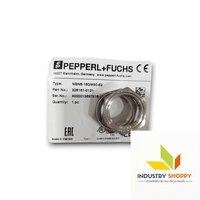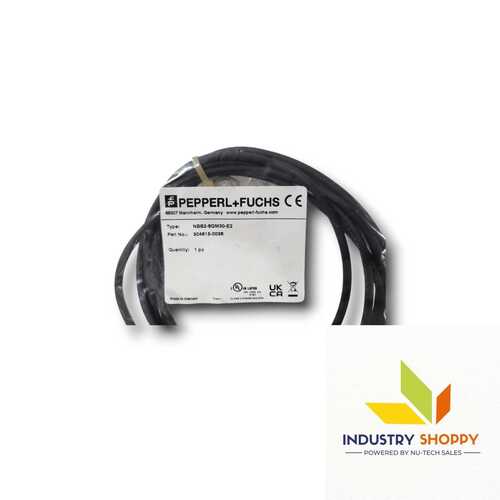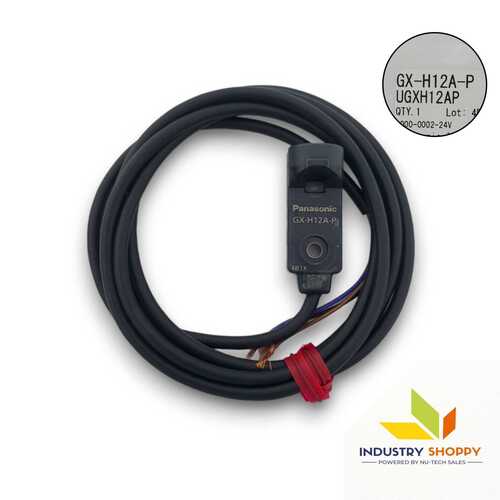



Pepperl+Fuchs NBN8-18GM50-E2 Proximity Sensor
Product Details:
Pepperl+Fuchs NBN8-18GM50-E2 Proximity Sensor Price And Quantity
- 100 Piece
- 999 INR/Piece
Pepperl+Fuchs NBN8-18GM50-E2 Proximity Sensor Trade Information
- Paypal Cash in Advance (CID) Cheque Western Union
- 500 Piece Per Month
- 2 Days
Product Description
The Pepperl+Fuchs NBN8-18GM50-E2 Proximity Sensor, designed for various industrial applications with part No.- 326161-0121. Its robust features make it suitable for demanding environments. Firstly, the NBN8-18GM50-E2 boasts a normally open (NO) switching function, offering flexible integration with diverse systems. This feature allows seamless adaptation to various setups and enhances its compatibility across a wide range of industrial applications.
The output type is PNP, and it operates on DC polarity, with a voltage range from 5 to 36 V. This ensures compatibility with common power sources in industrial settings. The sensor has a rated operating distance of 8 mm and an assured operating distance of 0 to 6.48 mm, making it reliable in detecting the actuating element, which can be mild steel among other materials. The reduction factors for different materials like aluminum, copper, stainless steel, and brass ensure accurate sensing across varied conditions.
The Pepperl+Fuchs NBN8-18GM50-E2 Proximity Sensor, featuring a 3-wire output type, incorporates essential protection features like reverse polarity and short-circuit protection. Moreover, these enhancements notably fortify its durability and operational safety. Additionally, the LED indicator offers visual feedback on the switching state, aiding in quick diagnostics.This feature aids in diagnostics by offering clear indications of the sensor™s status.
It complies with EN 60947-5-2 and IEC 60947-5-2 standards, ensuring regulatory adherence. The sensor is designed for harsh conditions, with an ambient temperature range of -40 to 85 C and a high degree of protection (IP65/IP66/IP67/IP68), safeguarding it against dust and water ingress. Its housing material, brass with white bronze coating, and sensing face made of PBT ensure durability and longevity.
These enhancements bring significant benefits to users. Firstly, they notably strengthen the sensor™s durability and operational safety, ensuring prolonged reliability in industrial settings. Additionally, the inclusion of an LED indicator offers visual feedback on the switching state, streamlining diagnostics and troubleshooting processes.









 Send Inquiry
Send Inquiry Send SMS
Send SMS